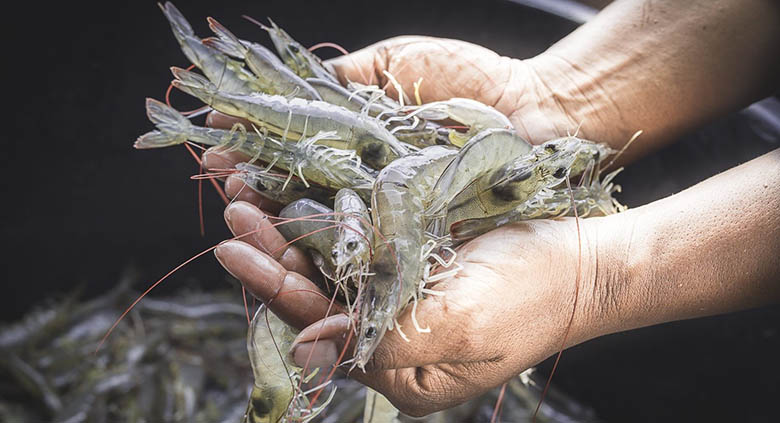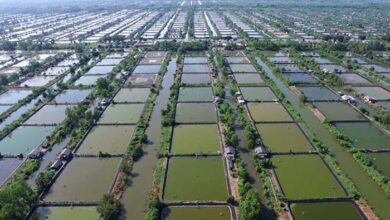
The shrimp exports are expected to rise by 10–15% this year since several countries have begun to resume their shrimp export from Vietnam.
Furthermore, Vietnam’s shrimp exports have increased this year due partly to the expansion of minor markets. Vietnam so hopes to generate between US$4 and US$4.3 billion in shrimp export revenue this year.
In 2023, Vietnam’s shrimp exports were approximately $3.38 billion, a 21.7 percent decrease from the previous year. This drop is driven by reduced global market demand and increased competition from nations such as Ecuador and India.
However, it is anticipated that the shrimp export sector will generate between $4 and $4.3 billion in revenue this year. In the meantime, Vietnam’s shrimp exports made $242 million in January 2024; a 71% increase over the same month the previous year. In certain areas, the cost of raw shrimp also increased in January of this year.
Exports of black tiger and white leg shrimp increased by double digits, while the value of exports of other shrimp varieties increased by triple digits. Products made from frozen or fresh shrimp grew more rapidly than those made from processed shrimp.
In 2024, the US and China will still be the two biggest destinations for Vietnamese shrimp exports, making up between 40 and 45 percent of the export value of the shrimp sector.
Vietnam’s major market for shrimp consumption is the US, which accounts for around 20% of the country’s total export value.
Shrimp exports to the United States increased by 77% to $41 million in January 2024, continuing an upward trend that began at the end of 2023. Forecasts indicate that demand will only increase starting in the first quarter of this year.
Due to higher inventory in the EU market and the unlikely improvement of the Japanese Yen/US dollar exchange rate this year, FPT Securities predicted that demand in the EU and Japanese markets will rebound a quarter later than in the US market.
However, In the first month of this year, shrimp exports to Japan and South Korea grew by 30% and 21%, respectively, to $37 million and $23 million.
Furthermore, shrimp shipments to the EU increased 22% in the first month of this year, reaching $30 million.
Meanwhile, China is probably going to draw in more companies this year that export shrimp from Vietnam due to its close proximity, inexpensive shipping, and simpler regulations.
Moreover, Ecuador’s unstable security situation, coupled with increasing transportation challenges and expenses, would undoubtedly result in a decrease in supplies to China which will ultimately benefit Vietnam.
Therefore, China will need to import more shrimp from Vietnam and other Asian nations.
According to Deputy Minister of Agriculture and Rural Development Phung Duc Tien, to increase the value of shrimp and ensure the long-term development of the shrimp industry, localities, particularly the Mekong Delta provinces, must focus on developing high-quality seed sources to ensure proactive production, reduce production costs, and limit disease transmission. At the same time, investment is required to improve the infrastructure system for the expansion of agricultural areas and logistics, as well as to promote green production, low emissions, and the use of digital technologies in aquaculture.
Jaber Bin Abdul Bari
Department of Oceanography, NSTU




